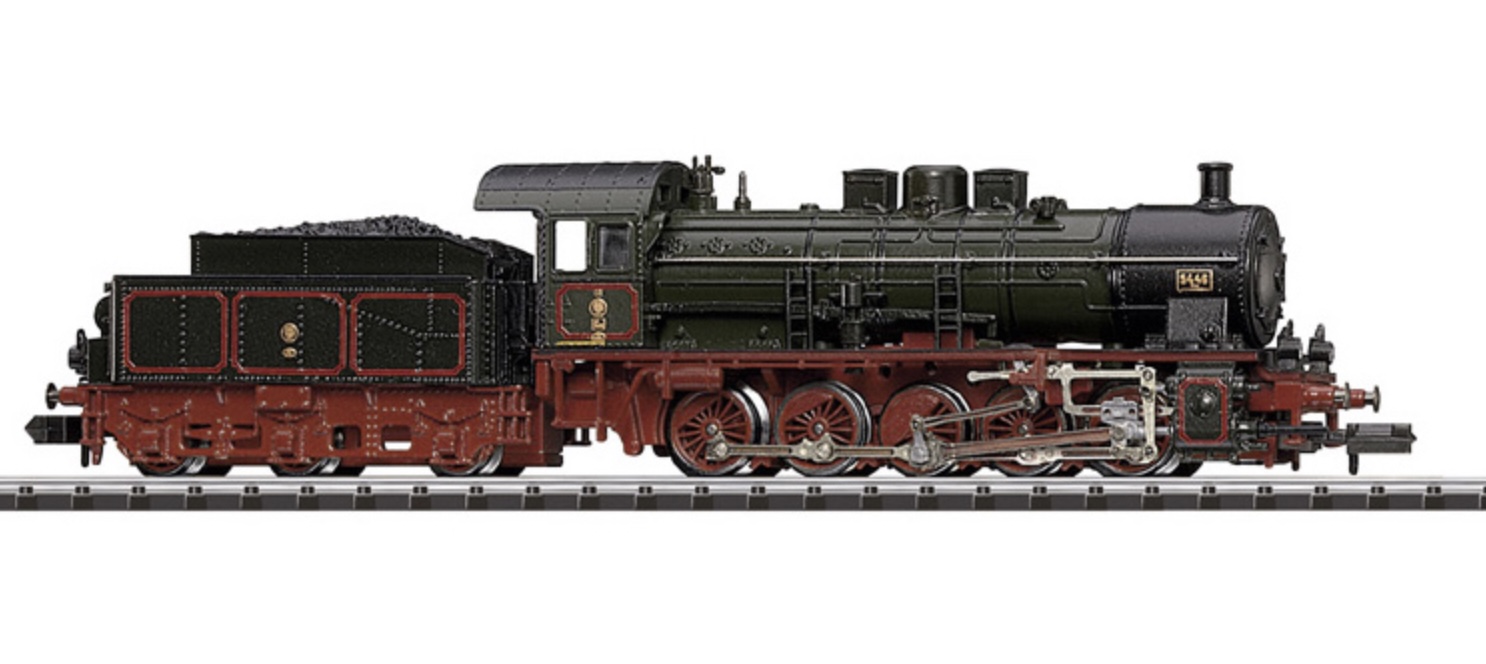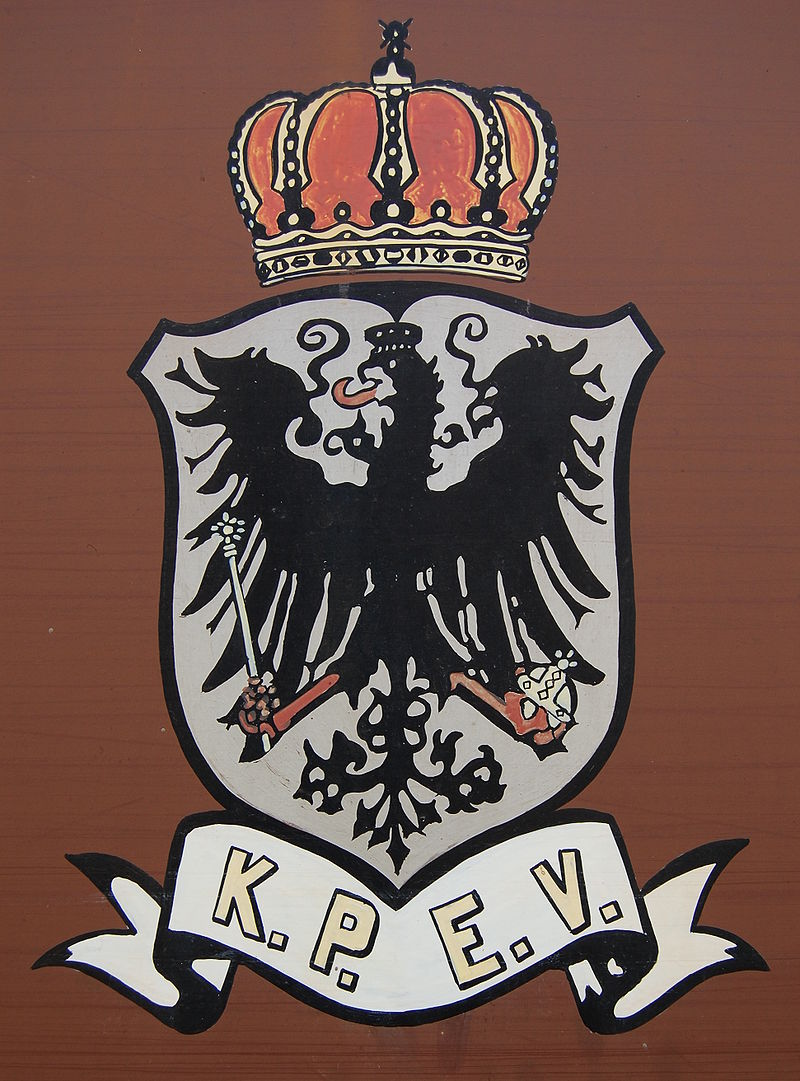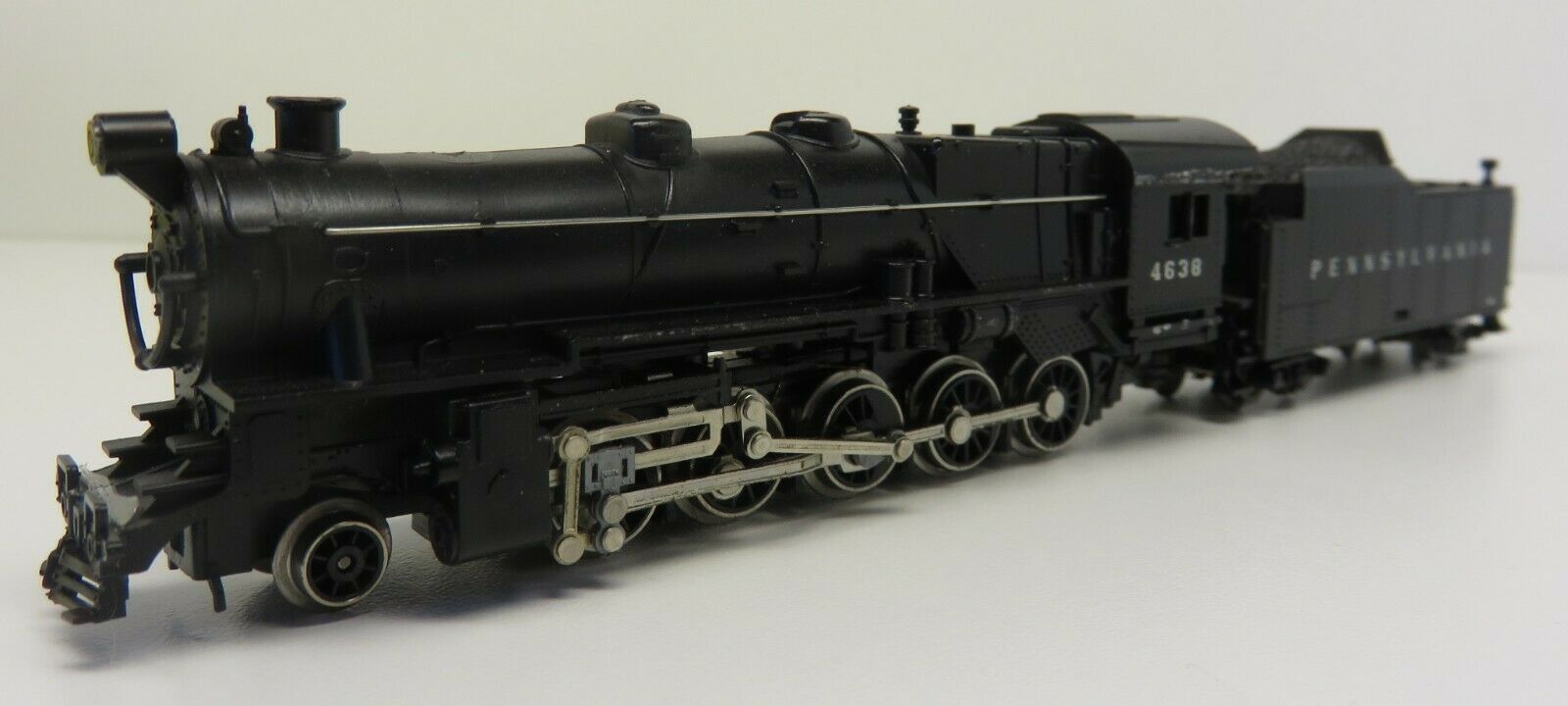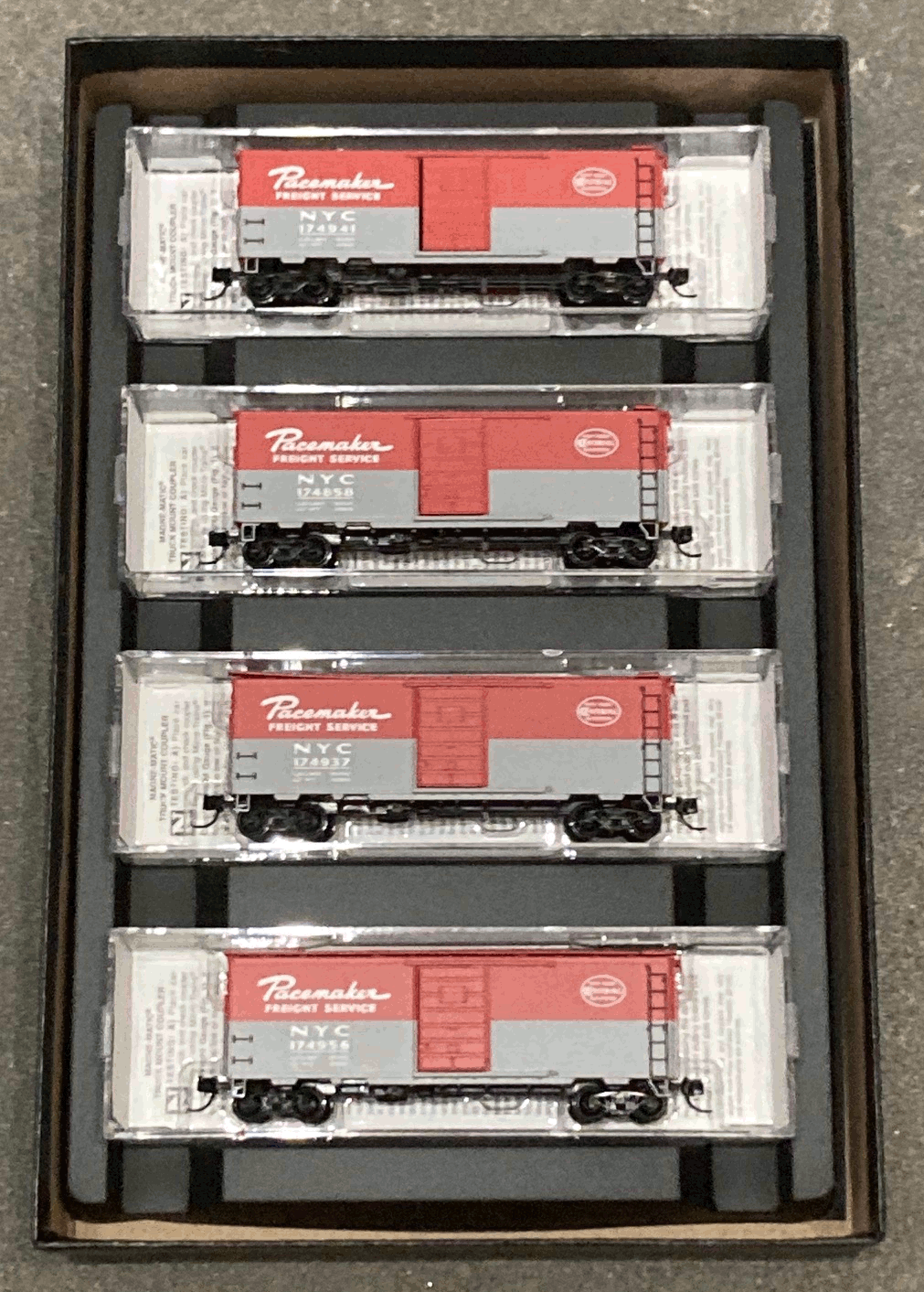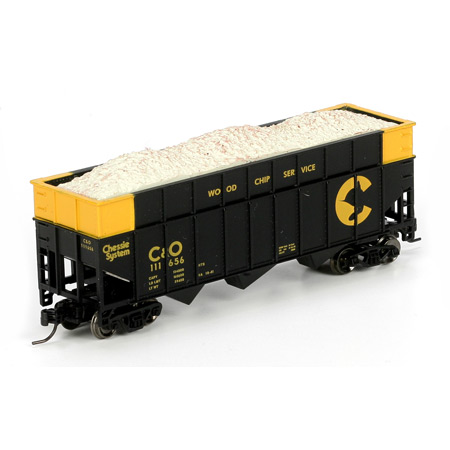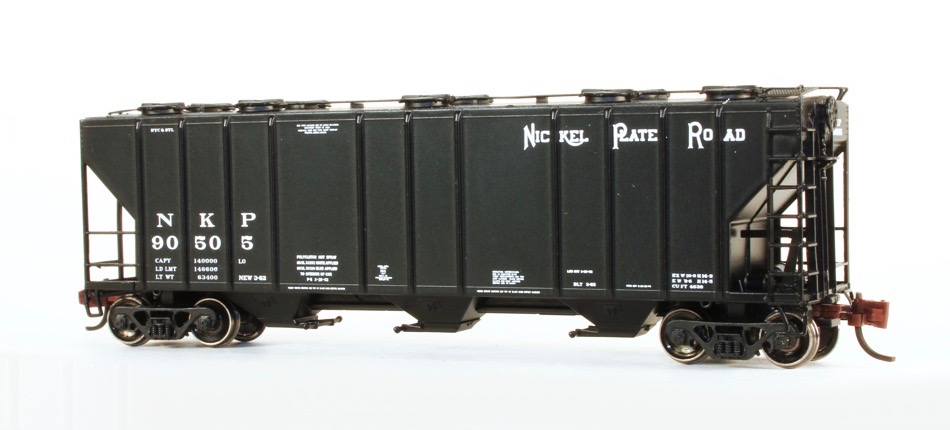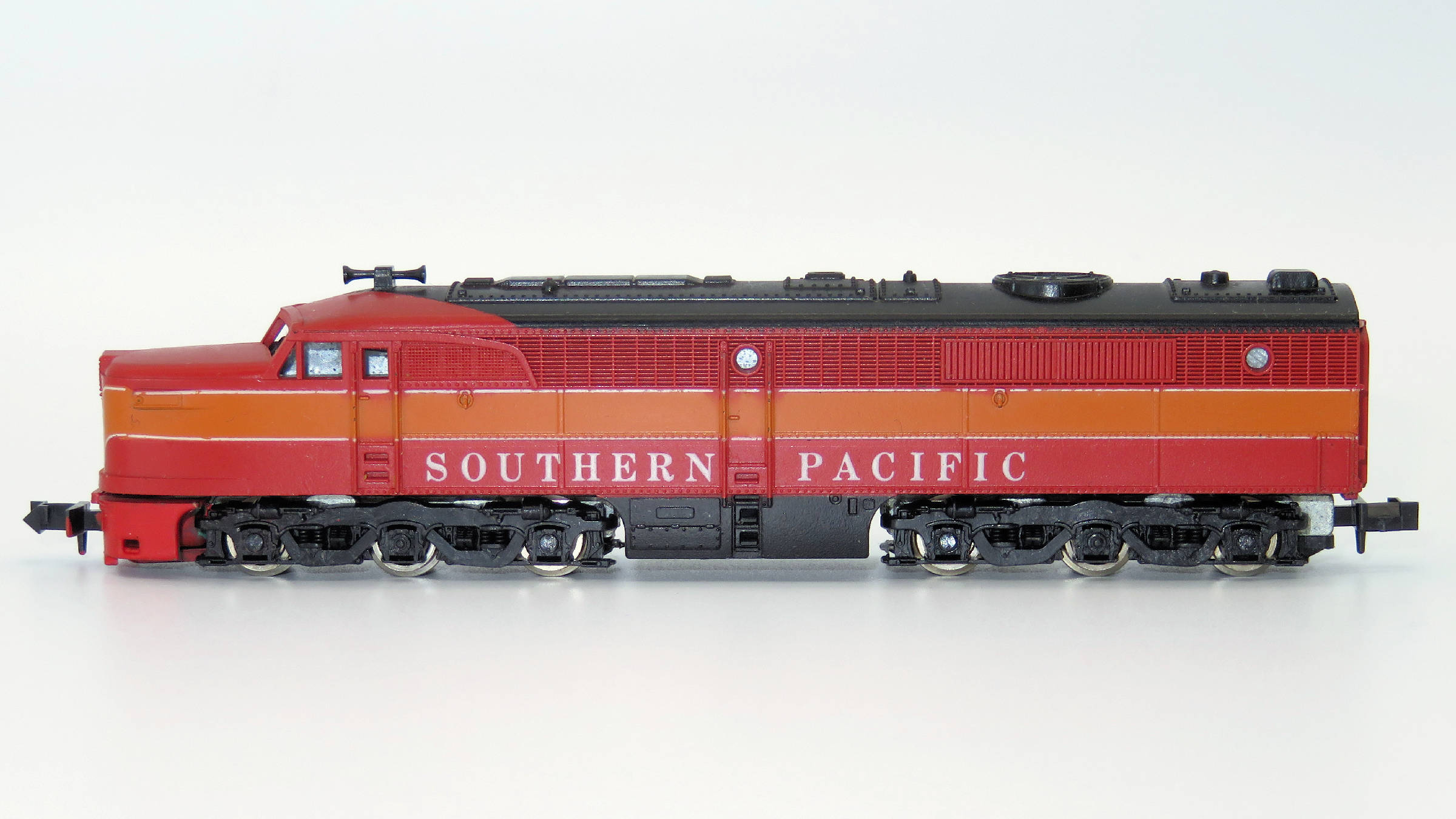Specific Item Information: Royal Prussian Railroad Administration (KPEV) class G10, 2-10-0 wheel arrangement, built starting in 1910.
Road Name History: The term Prussian state railways (German: Preußische Staatseisenbahnen) encompasses those railway organisations that were owned or managed by the State of Prussia. The words "state railways" are not capitalized because Prussia did not have an independent railway administration; rather the individual railway organizations were under the control of the Ministry for Trade and Commerce or its later offshoot, the Ministry for Public Works.
The official name of the Prussian rail network was Königlich Preußische Staatseisenbahnen (K.P.St.E., "Royal Prussian State Railways") until 1896, Königlich Preußische und Großherzoglich Hessische Staatseisenbahn (K.P.u.G.H.St.E., "Royal Prussian and Grand-Ducal Hessian State Railways") until the end of the First World War, and Preußische Staatsbahn (P.St.B., "Prussian State Railway") until its nationalization in 1920. A common mistake is the use of the abbreviation K.P.E.V. in supposed reference to a mythical "Royal Prussian Railway Administration" (Königlich Preußischen Eisenbahn-Verwaltung). No such entity ever existed and Prussian railway cars acquired the K.P.E.V. logo apparently through an error originating in their Cologne division.
From Wikipedia
The official name of the Prussian rail network was Königlich Preußische Staatseisenbahnen (K.P.St.E., "Royal Prussian State Railways") until 1896, Königlich Preußische und Großherzoglich Hessische Staatseisenbahn (K.P.u.G.H.St.E., "Royal Prussian and Grand-Ducal Hessian State Railways") until the end of the First World War, and Preußische Staatsbahn (P.St.B., "Prussian State Railway") until its nationalization in 1920. A common mistake is the use of the abbreviation K.P.E.V. in supposed reference to a mythical "Royal Prussian Railway Administration" (Königlich Preußischen Eisenbahn-Verwaltung). No such entity ever existed and Prussian railway cars acquired the K.P.E.V. logo apparently through an error originating in their Cologne division.
From Wikipedia
Brand/Importer Information: Trix is a German company that originally made Trix metal construction sets. one of its co-founders was Stephan Bing, the son of the pioneer toy-maker industrialist Ignaz Bing. In 1935 the company began producing the electrically powered model trains that it became famous for, under the Trix Express label. Prior to the outbreak of World War II the Trix company produced a small range of fairly unrealistic AC powered three rail models running at 14 volts.
N gauge models under the Minitrix brand were made from the late 1960s mostly of European prototypes (German and British primarily). North American prototypes were also manufactured and marketed under the Aurora "Postage Stamp" brand; later these items were sold under the American Tortoise, Model Power and Con-Cor brands. Trix sometimes utilized North American consultants to aid in the design of this portion of the product line. The "Hornby Minitrix' brand was used in the 1980s for a short lived range of British outline models using the earlier product tooling.
Trix's owner in the 1980s and 1990s was Mangold, which went bankrupt in the late 1990s and Märklin purchased the assets in January 1997. In part, this purchase was a reflection of Märklin's need for added production capacity; Trix had been manufacturing certain items for Märklin in previous years. The purchase was also in response to the earlier purchase of the Karl Arnold company by the Italian company Rivarossi; Märklin were very keen to take over Trix market share in 2-rail H0 and especially Minitrix, until then Märklin had not marketed N gauge models. In 2003, Märklin introduced its first N gauge models under the well established Minitrix brand. A number Märklin H0 scale three-rail AC locomotives have also been introduced in two-rail DC versions under the Trix logo and many models are shared between the two brands.
From Wikipedia
N gauge models under the Minitrix brand were made from the late 1960s mostly of European prototypes (German and British primarily). North American prototypes were also manufactured and marketed under the Aurora "Postage Stamp" brand; later these items were sold under the American Tortoise, Model Power and Con-Cor brands. Trix sometimes utilized North American consultants to aid in the design of this portion of the product line. The "Hornby Minitrix' brand was used in the 1980s for a short lived range of British outline models using the earlier product tooling.
Trix's owner in the 1980s and 1990s was Mangold, which went bankrupt in the late 1990s and Märklin purchased the assets in January 1997. In part, this purchase was a reflection of Märklin's need for added production capacity; Trix had been manufacturing certain items for Märklin in previous years. The purchase was also in response to the earlier purchase of the Karl Arnold company by the Italian company Rivarossi; Märklin were very keen to take over Trix market share in 2-rail H0 and especially Minitrix, until then Märklin had not marketed N gauge models. In 2003, Märklin introduced its first N gauge models under the well established Minitrix brand. A number Märklin H0 scale three-rail AC locomotives have also been introduced in two-rail DC versions under the Trix logo and many models are shared between the two brands.
From Wikipedia
Item created by: CNW400 on 2022-05-12 11:52:38
If you see errors or missing data in this entry, please feel free to log in and edit it. Anyone with a Gmail account can log in instantly.
If you see errors or missing data in this entry, please feel free to log in and edit it. Anyone with a Gmail account can log in instantly.


